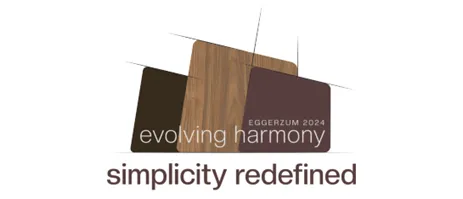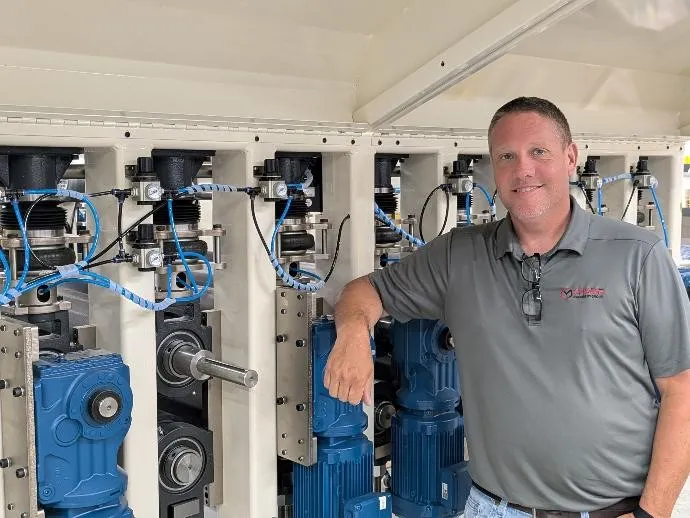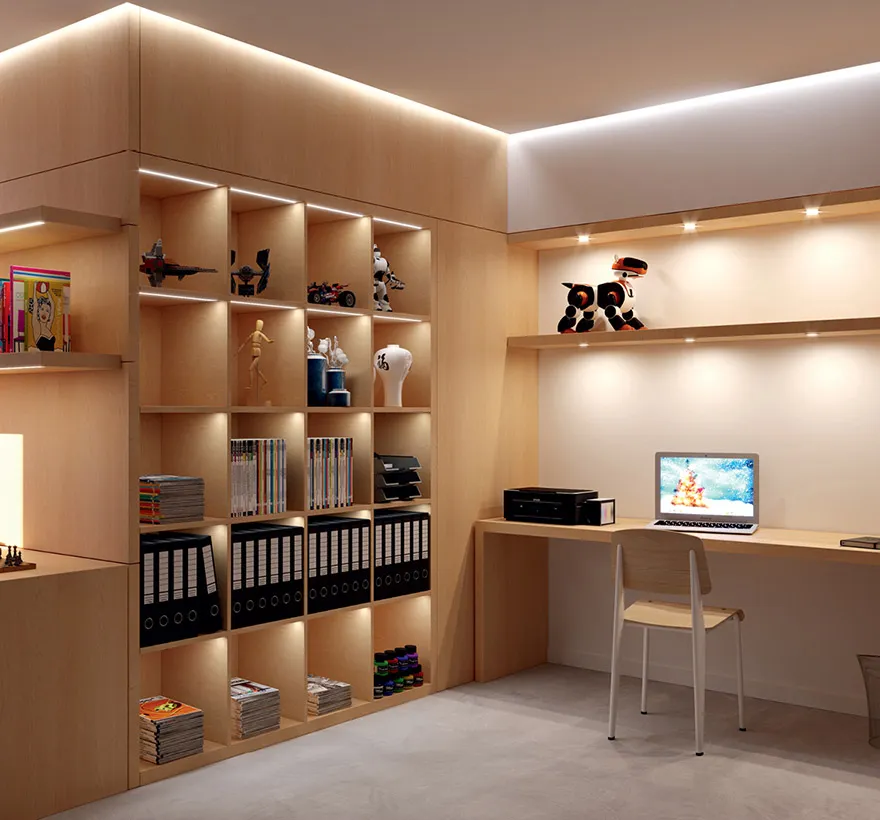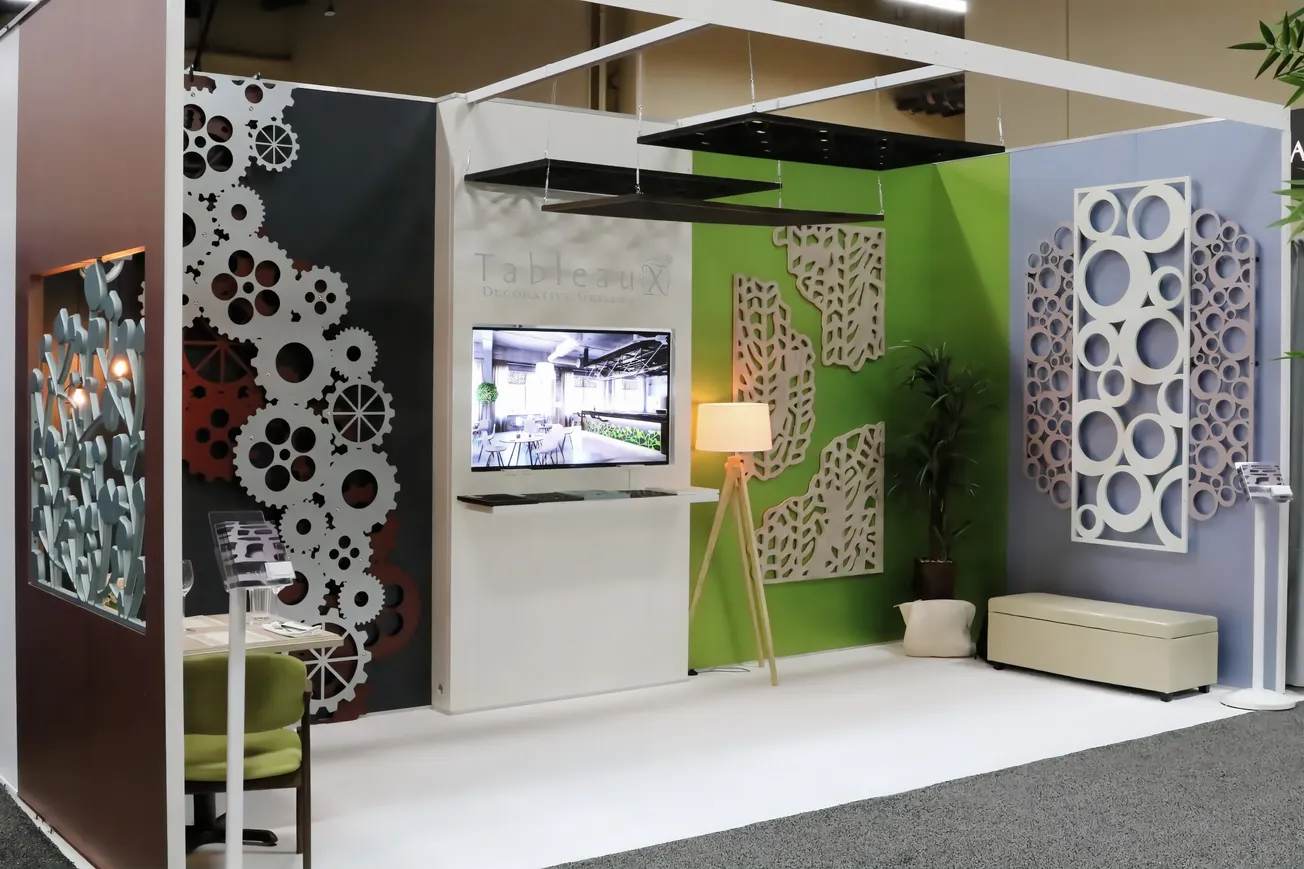Table of Contents
European influence in North American kitchen and furniture design is more evident today than ever before. We’ve seen significant innovation in production processes, equipment, management software and more notably, easily available surface designs and textures. The availability of unique surfaces and finishes is vast and complicated; today we deep dive into what’s driving the adoption of European products and the roles we play to embrace innovation and change in the North American market.

The first cause to consider: the level of investment from European companies into North America is the highest the surface and panel industry has ever experienced, the largest investments coming from two Austrian companies, Egger and Kronospan. At AWFS in Las Vegas, Egger promoted their $700 million dollar investment into a particleboard and TFL production facility in Lexington, N.C. Similarly, Kronospan was also present at AWFS, currently expanding their facility in Calhoun County, AL., with a $362 million investment into a particleboard and TFL line (as well as flooring, decorative paper treatment and more). Another AWFS exhibitor who made a splash with design and color enthusiasts was ALVIC USA, the North American operations of Spanish lacquered and TFL panel manufacturer Grupo Alvic. The Alvic booth featured a 20’ tall, elegant mosaic lady of gloss, matte and textured panels. Potentially more notable than the addition of new particleboard plants, Alvic USA is up and running with the first commercial, North American high gloss and supermatte TFL lacquer line in North America. Clearly, these large, successful and innovative brands are investing in a domestic presence in the North American market.

The second cause to consider: waves of North Americans travel to Europe to attend the large furniture and design shows like Interzum, Salone del Mobile/Eurocucina and Sicam. These shows are often viewed as the latest and greatest offerings from across Europe, showcasing innovations in designs, trends, materials for furniture, interior design and architecture. For a crash course in the European market or a sneak peek of the not so distant future of design trends, the shows, displays and overall ambience provide a unique perspective to North American visitors. For those who can’t attend, the internet is full of interesting show reviews, pictures and videos.

The third cause to consider: local awareness of brands and domestic partnerships. Though many European mills and laminators do not have brick and mortar facilities in North America, surface brands like CLEAF, FINSA, AGT and so many more are household names in our market. They are often present at shows and have developed strong partnerships to represent their brands locally with distribution companies or component manufacturers. These partnerships enable unique, innovative, European companies to reach the North American market and deliver a product offering that can be quickly accessed by a large percentage of customers.

Based on the three points above, it’s clear the market is evolving. The wave of unique surfaces and new product offerings create more design options than ever before and with that, new challenges that weren’t present in the last decade. For example, an ever-present difficulty is managing the equipment required to properly finish an imported panel with a high gloss, supermatte or deep texture finish. Innovations in edgebanders offer perfect finishes to the most complicated panels and laminates though the cost of the equipment is prohibitive for many.

As the European market delivers added complication to our business, it’s reasonable to believe that they may have a solution as well; further segmentation with a focus on specialties and efficiencies. The European markets primarily function in two distinct operating groups:
- Semi-finished product manufacturers supporting local fabricators and assemblers
- Design driven brands delivering stunning, affordable installations for the end consumer
To sum this up, the European solution to the added complexity is embracing market segmentation and increased focus. Mills, distributors, laminators and component manufacturers develop partnerships to offer full-scale solutions to their customers. A prime example is a component manufacturer using state of the art edgebanding technologies for complicated finishes. This solution is further expanded by offering a range of unique cabinet door styles. Although many fabricators can produce a TFL shaker door, there are technologies available to ensure doors are calibrated, properly sealed and produced with a high degree of efficiency or a substantially lower cost base. Lastly, high-end upgradeable features like integrated fingerpulls, glass inserts and aluminum framing are just a few examples of easily available “extras” that would be exceptionally difficult or expensive for the average fabricator. On the other end of the spectrum, fabricators and designers in Europe are fully dedicated to identifying semi-finished suppliers, products and solutions that complement each other in order to develop their own unique style and offering. Walking through the Eurocucina show in Milan, each brand has its own clearly identifiable design, theme and approach that is highly unique and succinct. The focus, emphasis and success of their brands rely on their understanding and ability to integrate partner’s technologies and solutions into their own catalogue of offerings.

This partnership can be easily compared to the operations of a high end restaurant. The chef is the fabricator and designer, selecting the right inputs to properly complement each other while considering the finer details to optimize the look, smell and taste of a dish. What the end consumer doesn’t consider is it’s the chef’s responsibility to align themselves with the right component manufacturers for the proper supplies: infused oils, aged meats or cheese, reliably fresh vegetables, etc. The finished dish is limited by the quality of the supplies; however, it’s only the chef who can envision how these pieces properly come together.

As the North American market continues to develop, there are partners who help us embrace this change. For example, let’s consider Conestoga Wood Specialties. CWS is a leader in custom component production. One of the largest suppliers of real wood doors in North America, Conestoga was also one of the early adopters and a pioneer in developing European decorative surface programs in North America offering custom sized five-piece shaker doors as well as a wide array of complimentary moldings and laminates, empowering us to deliver our clients European trends with a domestic build. CWS has maintained a flexible position as an importer of raw goods to quickly and efficiently bring new trends to market, searching out the best global partners for North American fabricators.

To summarize, as new products and added complexity reach our market, there are new solutions to consider. The biggest challenge we come across is letting go of the need to produce fully in-house. We all have limitations whether it’s time, capital or skilled workers. The best restaurants have chefs with strong focus and supportive partners; these partnerships and collaboration are stepping stones to innovation and improvement as we drive to embrace further change.






